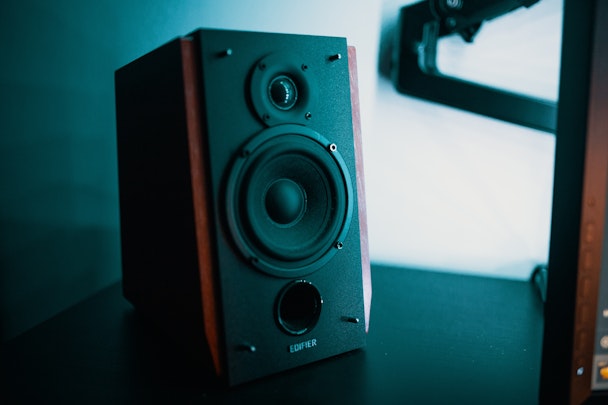How transcription technology will transform podcast monetization
Despite being an established channel for more than a decade, podcasts are experiencing unprecedented audience growth – a trend that has continued in today’s coronavirus-affected world as people turn more and more to digital media on their personal devices.

However, despite this growing audience opportunity, podcast monetization is still very much in its infancy. Within the next three to five years, however, that’s going to change, aided by advancements in transcription technology that are already in the works today.
Let us take a look at what the immediate future holds for this burgeoning channel and advertising opportunity.
Why podcast monetization has room to run
Today’s podcast audiences represent a growing target for today’s top brands, both in terms of scale and affluence. About half of the US population has listened to a podcast, with about a third (37%) of Americans listening to monthly podcasts and an impressive 24% citing themselves as weekly listeners. Moreover, podcasts are particularly popular among younger audiences, with more than half of monthly listeners under the age of 35. Podcast listeners are also educated (45% more likely to have college degrees and 68% more likely to have post-grad degrees) and tend to be wealthy (45% more likely to have a net household income of more than $250,000).
That said, although ad spending on podcasts is rising in light of stats like these, current spend pales in comparison to podcasts’ audience stats. In 2020, advertisers are expected to spend nearly $831m on podcast advertising, a figure that Magna/IPG projects will cross $1bn in 2021. When you consider, however, that there are more than a million podcasts in the market today, spanning 100 languages and 30m episodes, we can see that an opportunity is still being missed.
How will podcasting continue to make the leap into the billions and then the tens of billions?
While we’re seeing continued improvements in targeting and scale across podcasting, some brands still haven’t fully committed to the medium. Podcast ad dollars can often be the last line item on the buy and the first to be removed despite the proven success that podcasts ads have shown.
One way to continue to advance the medium is to build upon the advances in podcasting technology, particularly on the ad side. Specifically, I’m thinking about transcription. Transcription can be valuable for a number of reasons, ranging from brand safety to SEO. For example, when it comes to targeting specific content categories or topics, today’s advertisers are limited to targeting their podcast ad dollars according to high-level podcast categorizations or at the show level, rather than the true substance of a given show or episode.
The ability to contextually target podcasts more effectively by content will give advertisers another layer to target on top of audience demographics or purchase intent. For example, advertisers will be able to target ads to a particular episode if certain terms are mentioned more than once, or if multiple key words are mentioned together in the same episode. As audio transcription evolves and becomes a central part of the audio ad mix, this will also enable even greater monetization within the channel, particularly via automated exchanges.
What podcast transcription technology brings to the table
So, what will it take to enable robust contextual targeting within the podcast space? In a word: transcription. This is a hot area of innovation right now, with multiple companies (Google included) investing in the powerful AI and machine learning capabilities needed to get this right within the podcast space.
Within the next three years, transcription will be built directly into virtually every podcast platform, enabling the systems to instantly access and evaluate contextual data and brand safety parameters akin to what they currently do in other digital channels, including display and video.
Meanwhile, transcription will provide a better understanding of the actual substance of each episode, not just the show’s topic or category. As podcasting earns a bigger seat at the table, you’ll see transcription impact other areas critical to the growth of the space such as discovery. With better understanding of the content of each episode, search engines will be better able to index the content of individual episodes, directories will be able to better categorize subtopics much like tagging did within news sites for ’hot topics’, and services akin to Amazon will be better able to provide recommendations such as ’if you liked this show/episode then you might like this [insert podcast episode]’.
Finally, by opening up an understanding of the content of each individual podcast episode, as well as underlying sentiments, today’s podcast publishers will be able to deliver the same level of transparency and brand safety that top advertisers have come to demand of digital media. This new capability will simultaneously open the podcast space up to far greater monetization opportunities, all while enabling brands to tap into this growing and highly attractive audience.
Brendan Monaghan is the chief executive officer of Megaphone.
Content by The Drum Network member:

Megaphone
Megaphone is a podcast technology company that provides hosting and ad-insertion capabilities for publishers and targeted ad sales for brand partners.
Find out more
